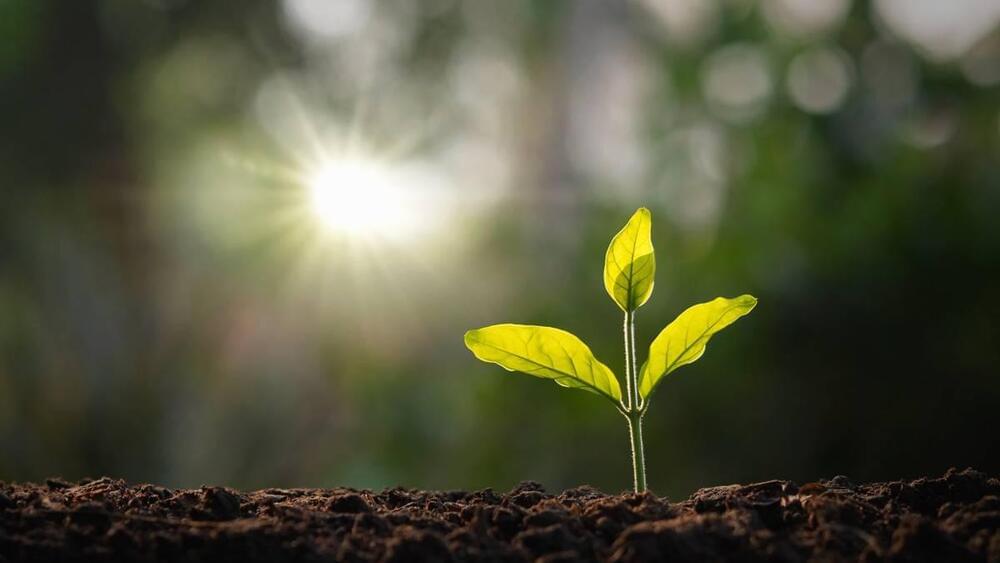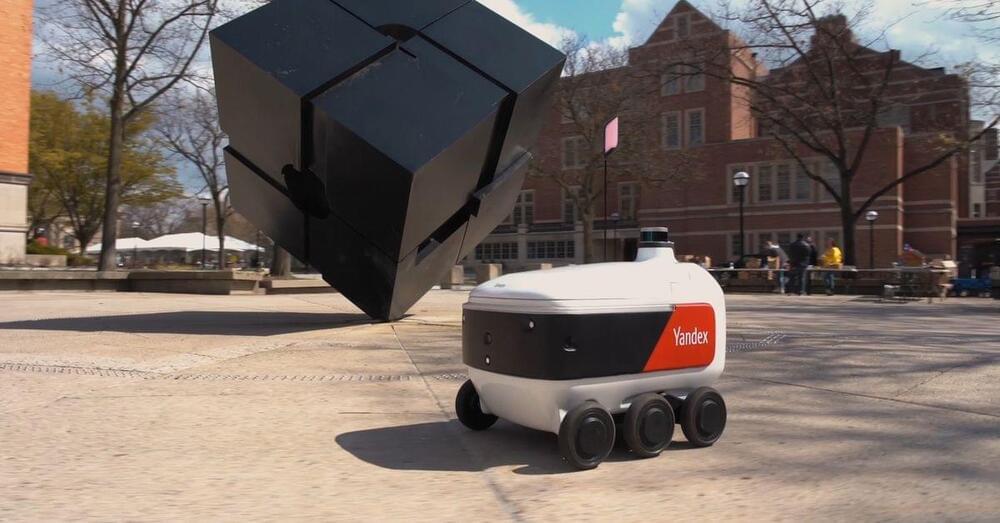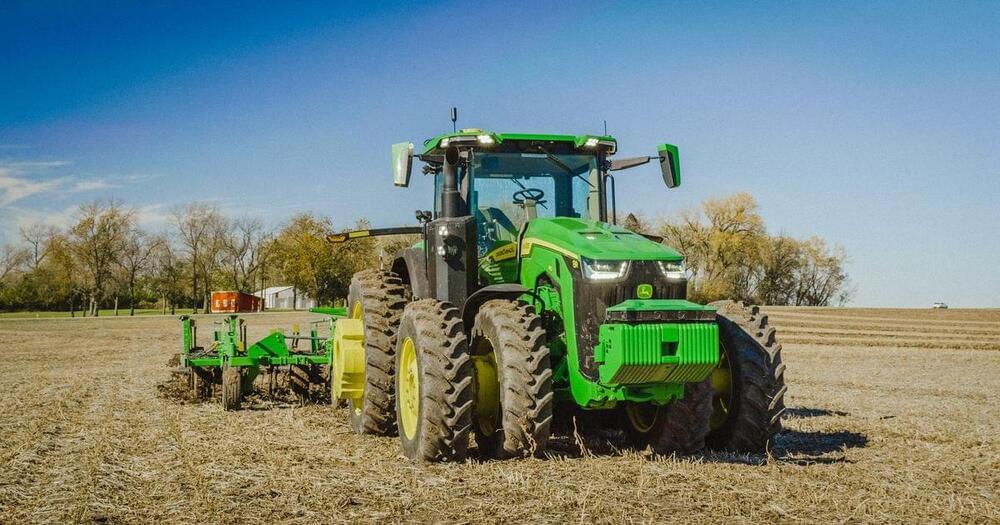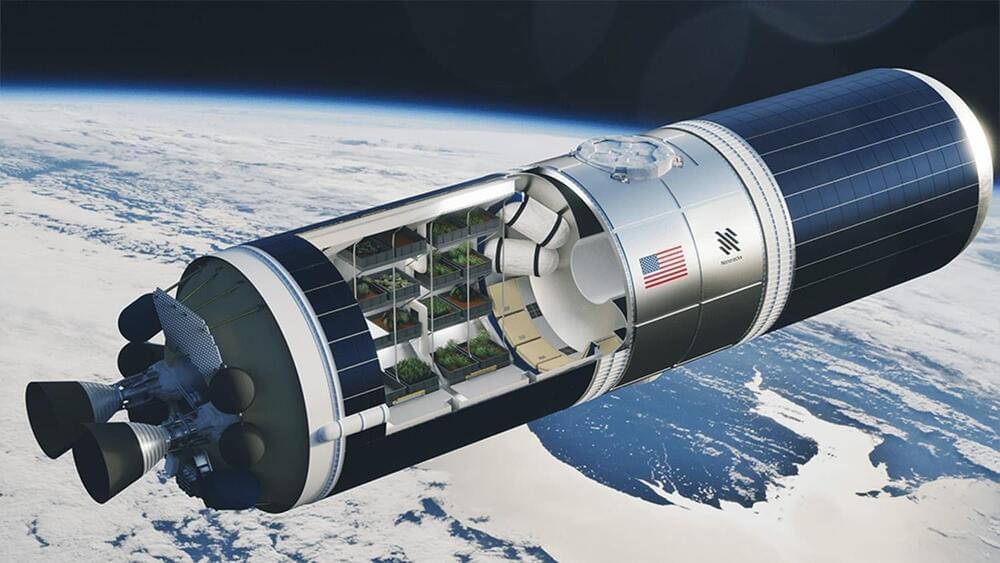5G is set to revolutionize not only what we can do, but where we can do it.



Kiwi scientists have helped discover a new gene described as a potential game-changer for cloning in global agriculture.
The gene allows natural reproduction by cloning in plants, enabling highly desirable traits to be carried through to the next generation rather than lost when the plants reproduce through pollination.
Named PAR, the new gene has been found to control parthenogenesis, a process whereby plant egg cells spontaneously grow into embryos without fertilisation.
NZ scientists help discover a new gene described as a game-changer for agriculture.
Schell Games today announced that Lost Recipes, its upcoming historical cooking sim, is set to release January 27th on the Quest platform, bringing with it the chance to cook ancient recipes in period accurate kitchens from around the world.
Arriving from the VR veterans known for I Expect You to Die, Until You Fall, and the upcoming VR adaptation of Among Us, Lost Recipes throws you into a time portal to recreate dishes from centuries past.
Schell Games says Lost Recipes teleports you to “historically-accurate kitchens, using authentic ingredients, utensils, and techniques.” Check out the announcement trailer below:

Recently, a group of Manchester Institute of Science and Technology researchers made a major breakthrough in the graphene based desalination process. They were able to remove 97% of common salts in an energy efficient way. The current reverse osmosis desalination technology is energy intensive, and desalination plants’ capital costs are high. By the year 2025, 14% of the world’s population will experience water scarcity, which makes this discovery very important. Moreover, graphene-based filtration technology could come to your kitchen very soon.
Links to their work — https://www.nature.com/articles/nnano.2017.21#:~:text=Abstract, of%20common%20salts4%2C6. 0, https://science.sciencemag.org/content/343/6172/752
Be an LE supporter or contributor: https://www.youtube.com/channel/UCqZQJ4600a9wIfMPbYc60OQ/join.
instagram : https://www.instagram.com/sabinzmathew/
Twitter : https://twitter.com/sabinsmathew.
Telegram : https://t.me/sabinmathew.
FB : https://www.facebook.com/SabinzMathew.
Voice over artist : https://www.fiverr.com/voiceonthemove

They say ‘I believe in nature. Nature is harmonious’. Every big fish is eating every smaller fish. Every organ is fighting constantly invading bacteria. Is that what you mean by harmony? There are planets that are exploding out there. Meteorites that hit another and blow up. What’s the purpose of that? What’s the purpose of floods? To drown people? In other words, if you start looking for purpose, you gotta look all over, take in the whole picture. So, man projects his own values into nature. — Jacque Fresco (March 13, 1916 — May 18, 2017)
When most of us use the word ‘nature‘, we really don’t know much about it in reality. — Ursa.
Pumped hydropower is great. This method might be even better.
Two new compressed air storage plants will soon rival the world’s largest non-hydroelectric facilities and hold up to 10 gigawatt hours of energy. But what is advanced compressed air energy storage (A-CAES), exactly, and why is the method about to have a moment?
Compressed air is part of a growingly familiar kind of energy storage: grid-stabilizing batteries. Like Elon Musk’s battery farm in Australia and other energy overflow storage facilities, the goal of a compressed air facility is to take extra energy from times of surplus and feed it back into the grid during peak usage.
Here’s how the A-CAES technology works: Extra energy from the grid runs an air compressor, and the compressed air is stored in the plant. Later, when energy is needed, the compressed air then runs a power-generating turbine. The facility also stores heat from the air to help smooth the turbine process later on.

Tractors that steer themselves are nothing new to Minnesota farmer Doug Nimz. But then four years ago, John Deere brought a whole new kind of machine to his 2,000-acre corn and soybean farm. That tractor could not only steer itself but also didn’t even need a farmer in the cab to operate it.
It turns out the 44,000-pound machine was John Deere’s first fully autonomous tractor, and Nimz was one of the first people in the world to try it out. His farm served as a testing ground that allowed John Deere’s engineers to make continuous changes and improvements over the last few years. On Tuesday, the rest of the world got to see the finished tractor as the centerpiece of the company’s CES 2022 press conference.
“It takes a while to get comfortable because … first of all, you’re just kind of amazed just watching it,” said Nimz, who on a windy October afternoon described himself as “very, very interested” but also a “little suspicious” of autonomous technology before using John Deere’s machine on his farm. “When I actually saw it drive … I said, ‘Well, goll, this is really going to happen. This really will work.’”

Decisions, decisions. All of us are constantly faced with conscious and unconscious choices. Not just about what to wear, what to eat or how to spend a weekend, but about which hand to use when picking up a pencil, or whether to shift our weight in a chair. To make even trivial decisions, our brains sift through a pile of “what ifs” and weigh the hypotheticals. Even for choices that seem automatic—jumping out of the way of a speeding car, for instance—the brain can very quickly extrapolate from past experiences to make predictions and guide behavior.
In a paper published in January 2020, in Cell, a team of researchers in California peered into the brains of rats on the cusp of making a decision and watched their neurons rapidly play out the competing choices available to them. The mechanism they described might underlie not just decision-making, but also animals’ ability to envision more abstract possibilities—something akin to imagination.
The group, led by the neuroscientist Loren Frank of the University of California, San Francisco, investigated the activity of cells in the hippocampus, the seahorse-shaped brain region known to play crucial roles both in navigation and in the storage and retrieval of memories. They gave extra attention to neurons called place cells, nicknamed “the brain’s GPS” because they mentally map an animal’s location as it moves through space.
